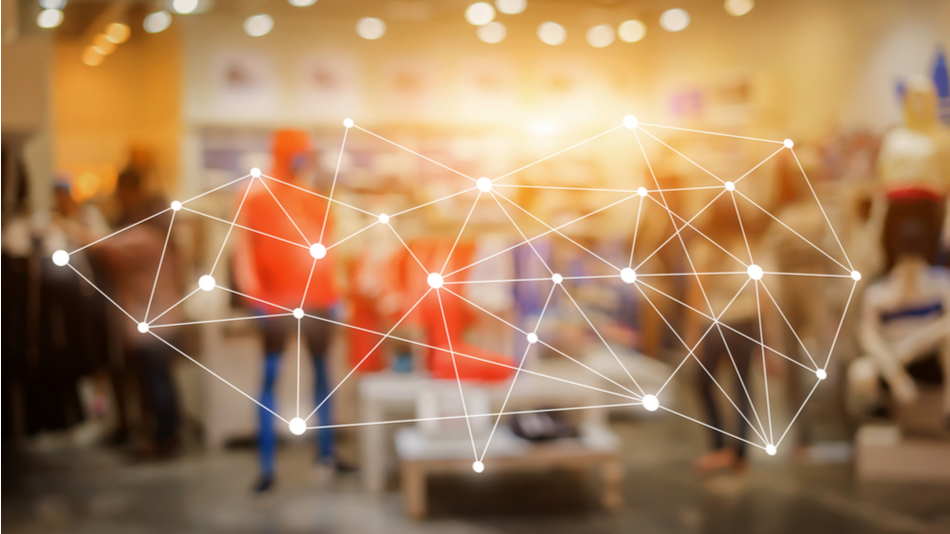Retail IoT solutions are affecting the customer experience in-store, yielding lots of benefits and higher revenues. IoT is everywhere, changing the physical world around us. Retail is no exception. IoT is becoming a fundamental part of the retail environment. If you’re unsure about how to implement IoT or are struggling to reap a return, these are the things you need to know.
Real-Time Information for a Better In-Store Experience
You can place IoT sensors throughout your store and even on the merchandise itself. These sensors can then deliver real-time information. Consider the example of long wait lines, which are often the biggest frustration to shoppers. With motion sensors near your check-out, real-time data about lines backing up can be sent to staff that can then open up more lanes. This data can further help you staff more strategically, as you better understand traffic.
You could remove the lines altogether by placing sensors on the product. If a product is placed in a cart, an alert could be sent to the customer’s smartphone for automatic checkout should your shopper have your app on their phone.
IoT, in this example, is a problem solver and is allowing store staff to be productive before customers get restless and upset.
More Smartphone and IoT Synergies
Within the world of retail IoT solutions, it’s most important partner is the smartphone. Shoppers, more than ever, are downloading brand apps to help them shop in-store. One of the best ways to use these together is checking what’s in stock. Big box stores struggle with keeping things in the right place and keeping shelves stocked. IoT sensors can measure inventory that’s out on the floor and report that data. When a shopper goes to the area, and there is no product, it’s disappointing to them and a lost sale to you. But if users can tap into the app and look up inventory—that’s updated in real-time based on sensor data and other sources—they may find that yes, the product is in the store just not in the right place or in the back.
Every Shopper Wants to Feel Special
Another factor that retail IoT solutions improve is the idea of personalizing the experience for the shopper. IoT sensors can be activated once a shopper moves to that area. The retailer can then send alerts through their smartphone app to customers for instant coupons. This is only a successful approach if a shopper has your app. However, you can still personalize by using digital screens in the area. For example, a shopper walks down a makeup aisle and begins to touch certain products that have sensors. Then magically (or it would seem to them), digital signage begins playing a video of that product and how amazing it is, which could lead to a purchase.
Creating the Ideal Flow for Shoppers
The journey through the store is critical to the customer experience and how they interact with your merchandise. Actually, it starts before the shopper enters the store. Many retailers use location-based signage and strategies to get foot traffic. That’s the starting point.
Once the shopper enters the store, everything is trackable through IoT retail solutions. Data from how individual shoppers move through the store is fed into an AI-engine that allows retailers to change the physical layout. Plus, if you marry this data with your POS data, you could see more patterns. For example, if most shoppers move from looking at shoes to socks, maybe they should be closer together? You can validate this by analyzing POS data that says yes, a great percentage of shoppers buy socks and shoes at the same time.
Retailers Embracing Retail IoT Solutions
Several retailers are using this innovative approach, including the grocery chain Kroger. They are using IoT in several ways. First, they are monitoring checkout times and minimizing the wait. They have been able to lower the times from four minutes to 30 seconds. They are showing product ads at the edges of product shelves, informing customers and enticing them to buy what’s right there in front of them.
Home Depot is helping customers navigate their huge stores with new interactive, location-based services and an app. This means that a shopper can walk into the store and know exactly where to go to find what they need. Think about how liberating that is for a shopper to not waste time. Should the shopper need assistance, devices can send associates to the space based on what they are viewing.
How Will You Use Retail IoT Solutions?
There is still much to come with IoT in retail, shaping the in-store customer experience. Consider that in the future, IoT could be assisting shoppers throughout their journey. Imagine that every shopping cart has beacons that interact with other beacons and deliver personalized messaging or suggestions. If a shopper picks up coffee, the beacon notes this and then the cart could remind them to grab creamer in the dairy aisle.
One of the best ways to leverage IoT is to have it work in concert with other analytics important to the customer experience. You can find real solutions to boosting this experience on a platform like ours. With CB4, you’ll have the opportunity to go from patterns to recommendations, all while ensuring every shopper has the experience they expect. Find out how our solution works by scheduling a demo today.


